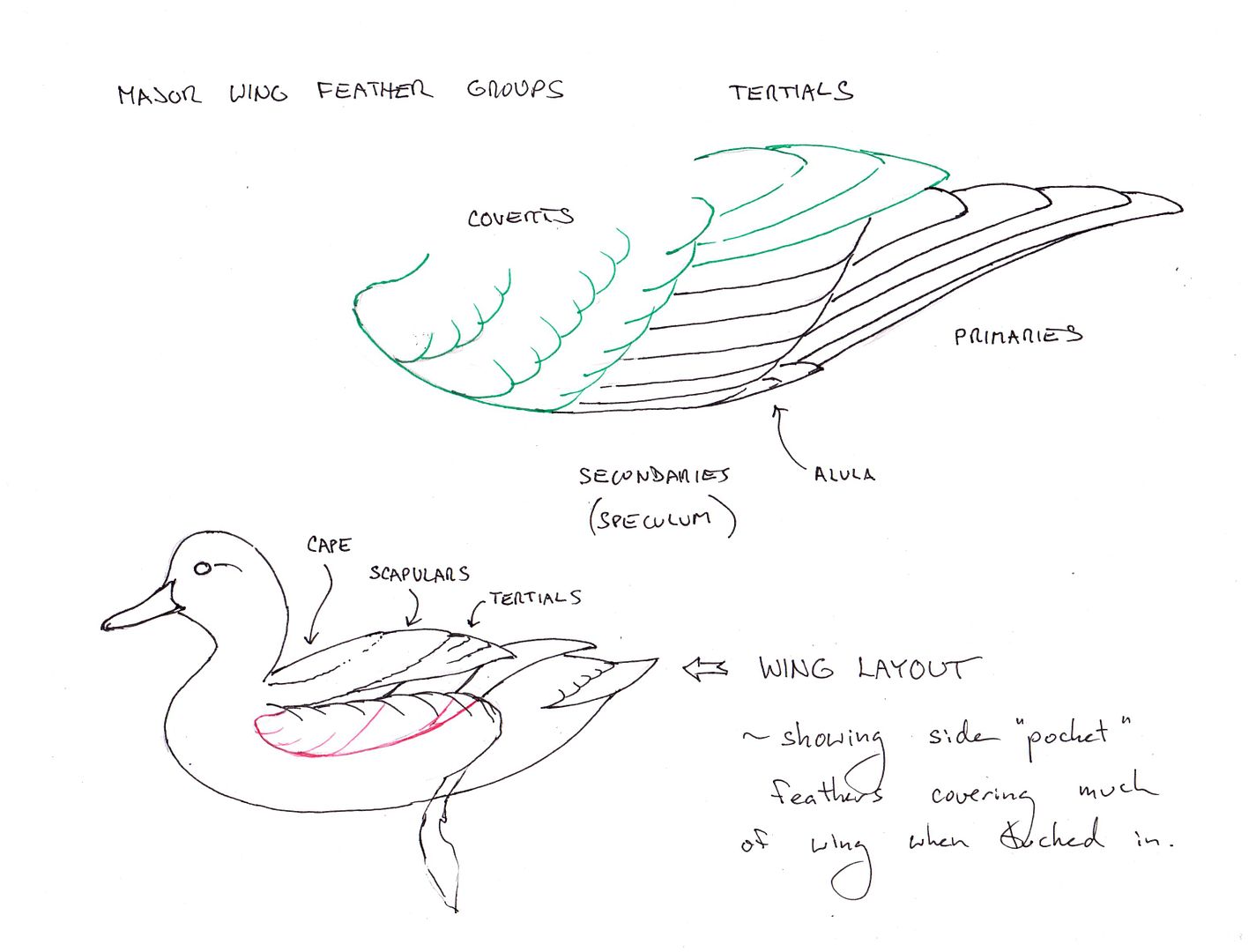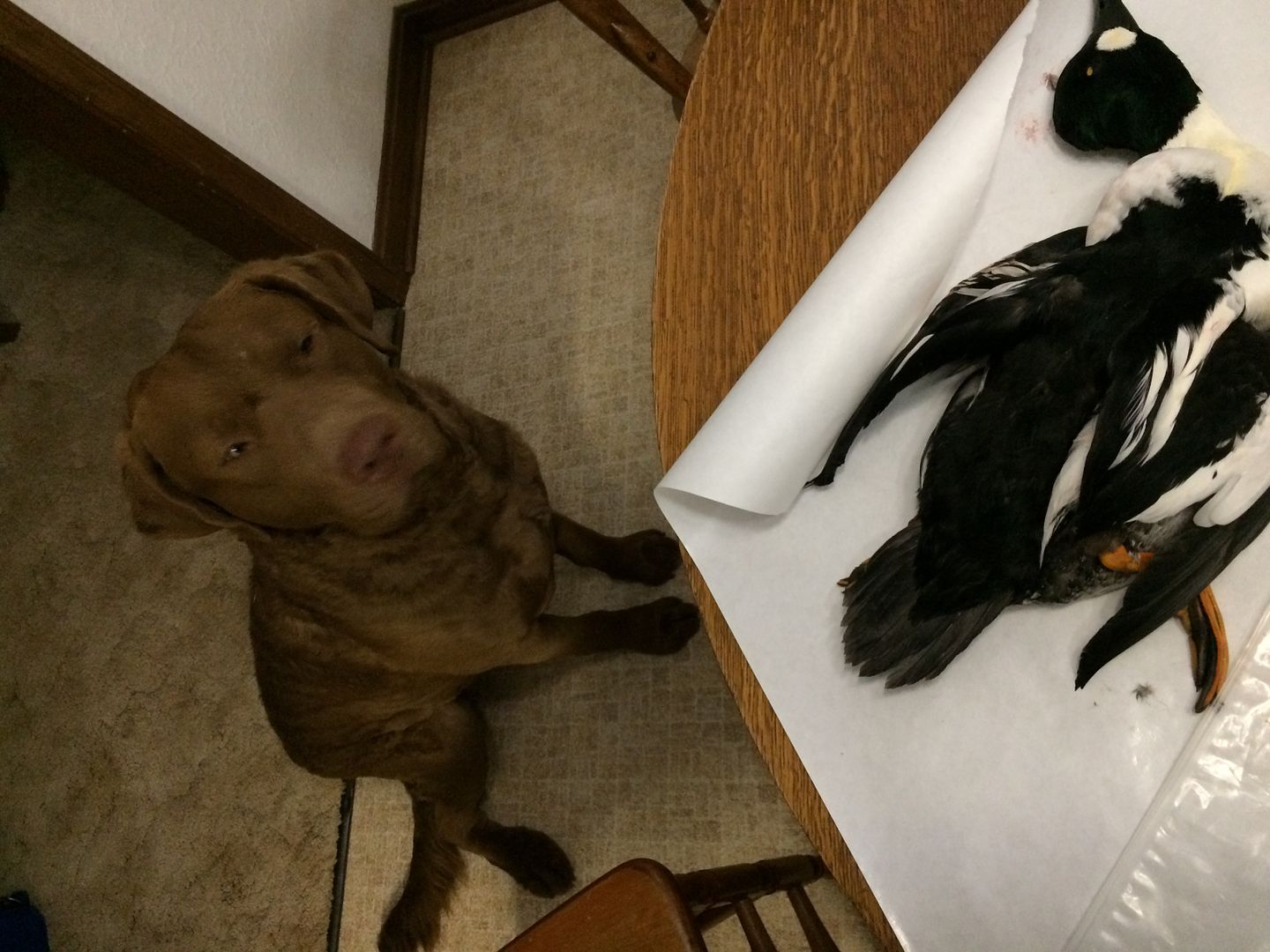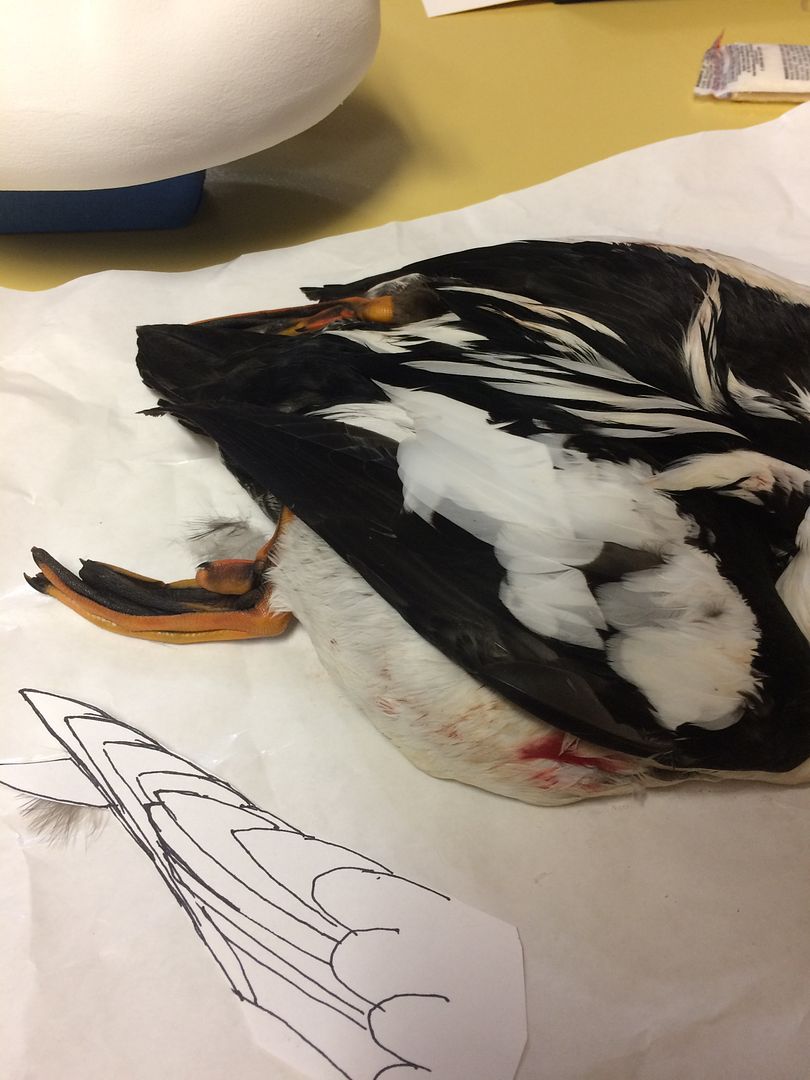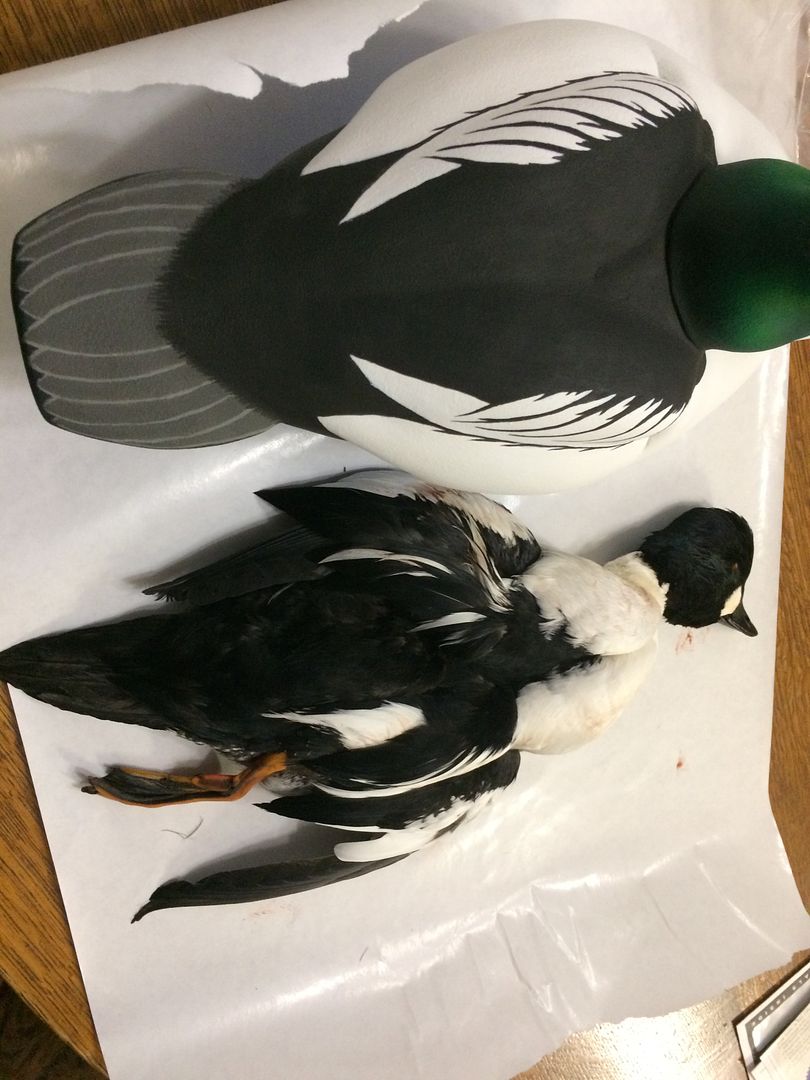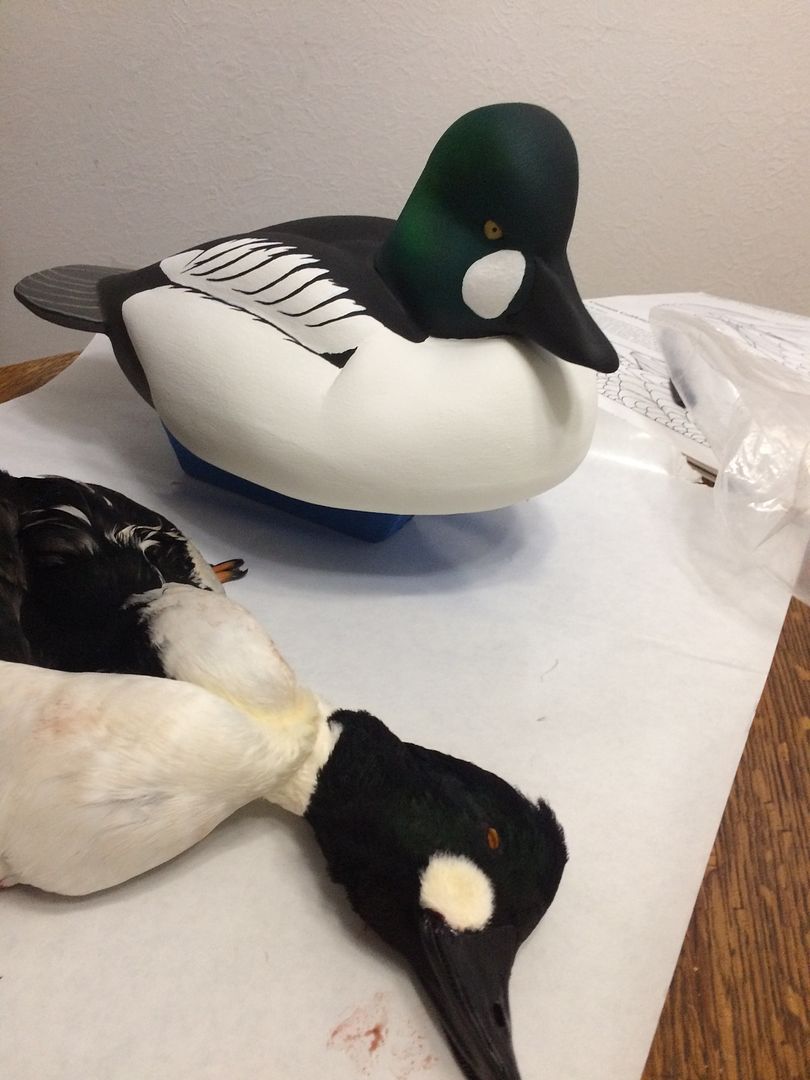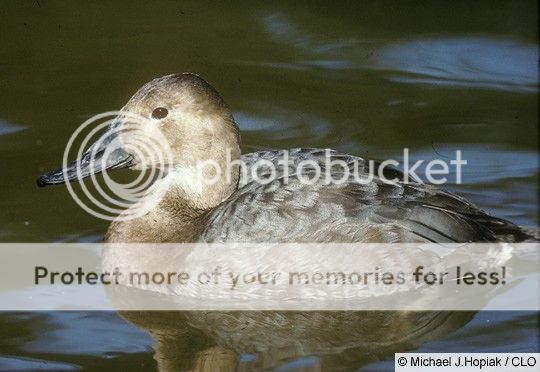Steve Sanford
Well-known member
Good morning, Bob~
Love that Tallneck!
This project is NDR: a signboard for our local food co-op - of which my wife Susan has been board president of late. I dropped it off this morning for others to complete. And - best of all - I do not have to hang it 16 feet up on an old brick wall.
I used 3/4 -inch MDO. I consulted the web to help me draw the 48" x 80" ellipse. Lip/banding is PVC lumber. I used half-inch to make the tight bend and then doubled it on the face to get the "right" proportions.


It's primed with 2 coats - then 3 coats of latex enamel on the face.
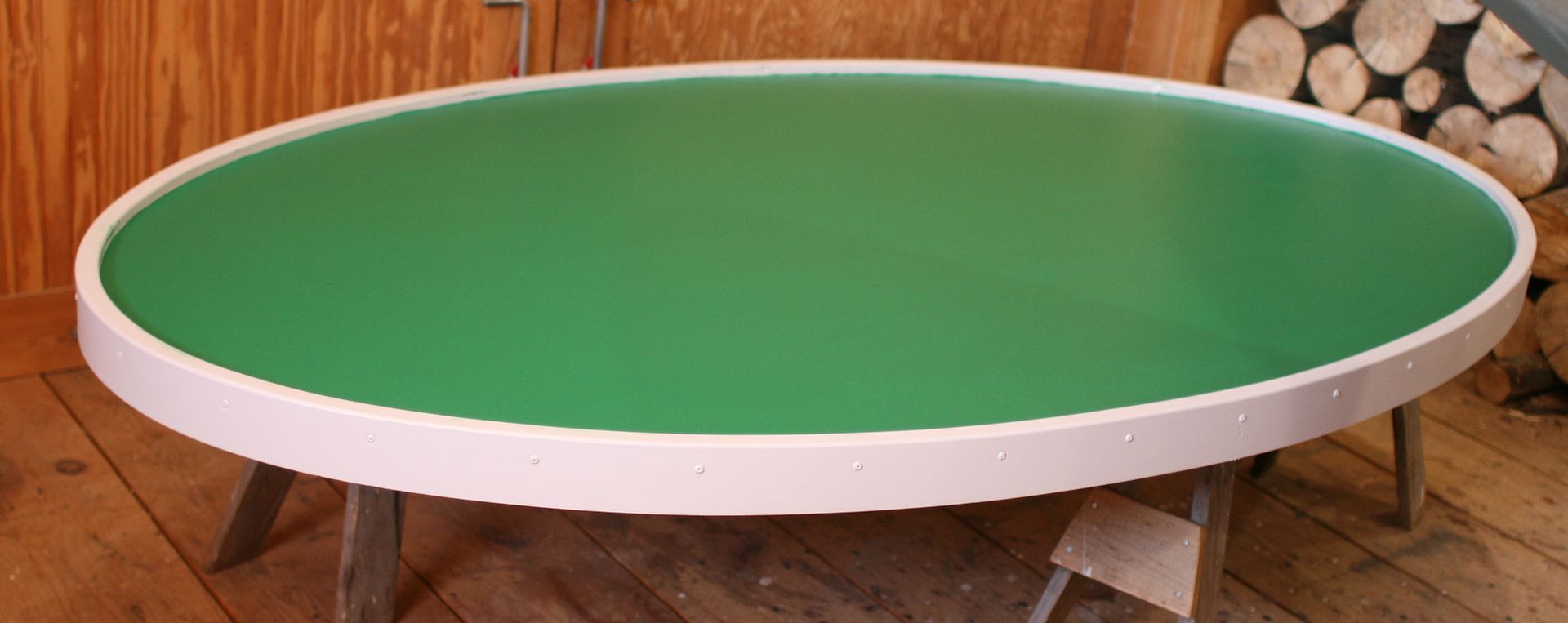
It'll be hung with the "two beveled cleats" method. I also beveled the upper edge of the upper (signboard) cleat - and plowed scuppers every 8 inches through the wall side of both cleats- so rain will not lay on the installed cleats. The cleats are framing lumber - sealed with epoxy plus primer.
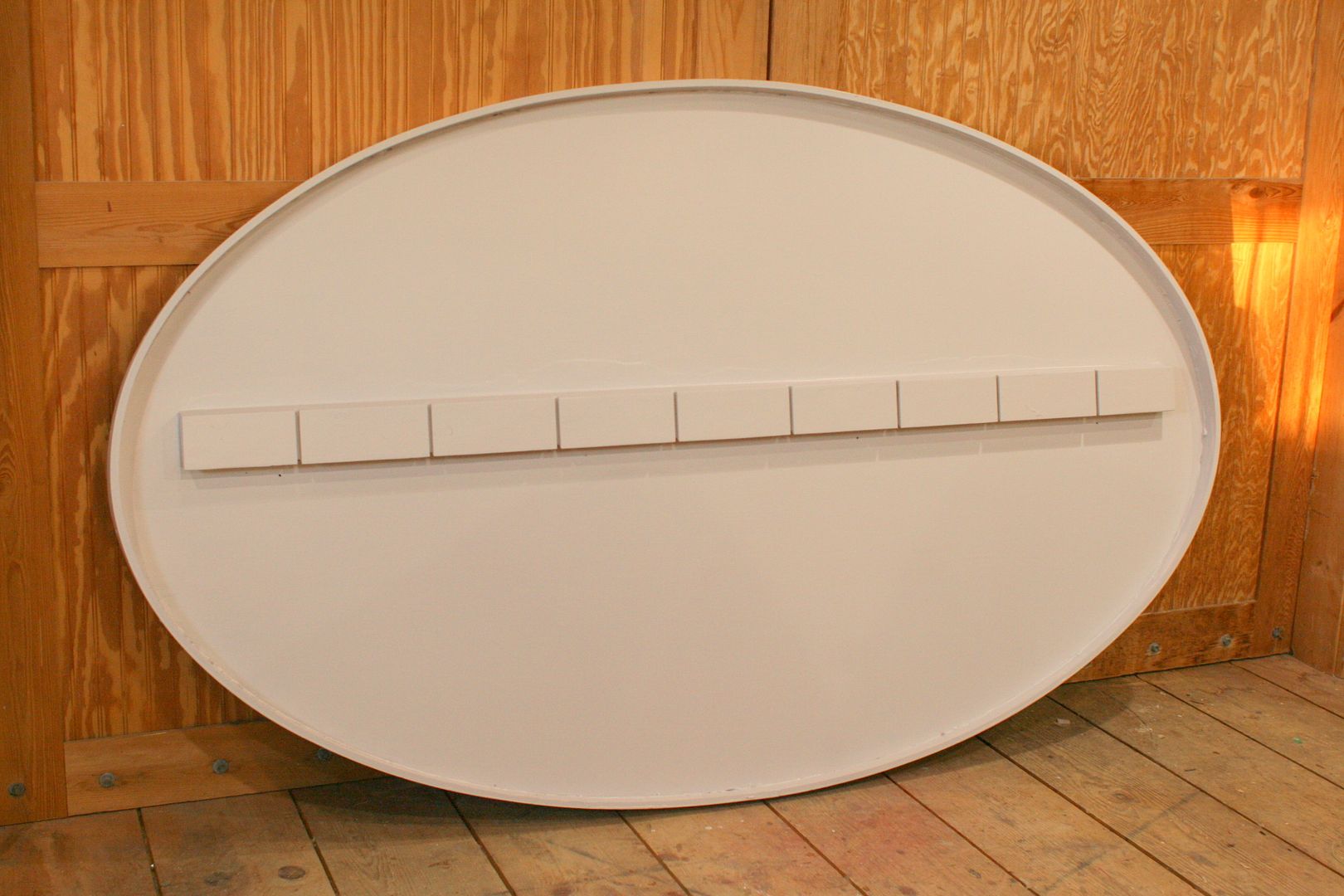
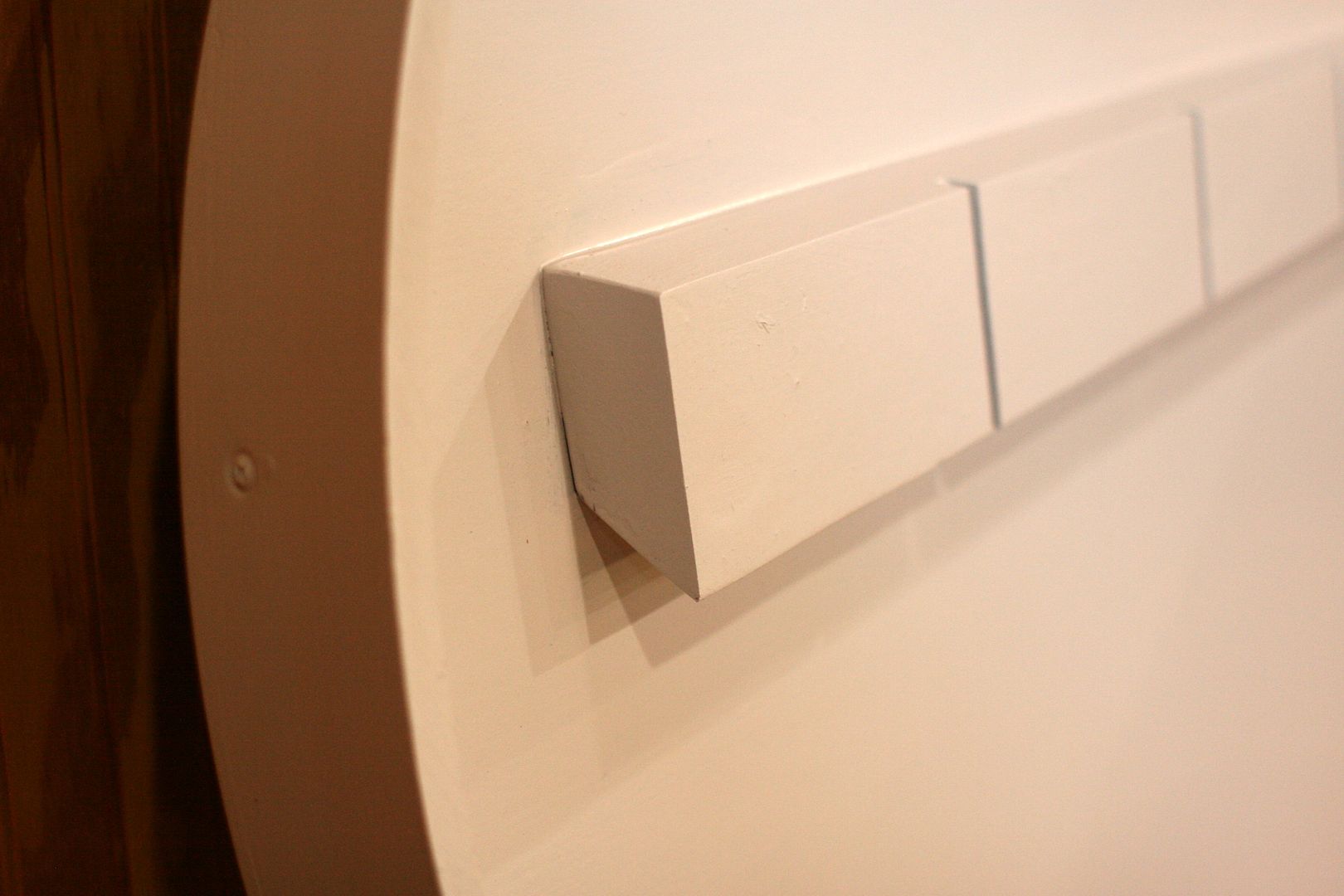
Now back to "DR" stuff......
All the best,
SJS
Love that Tallneck!
This project is NDR: a signboard for our local food co-op - of which my wife Susan has been board president of late. I dropped it off this morning for others to complete. And - best of all - I do not have to hang it 16 feet up on an old brick wall.
I used 3/4 -inch MDO. I consulted the web to help me draw the 48" x 80" ellipse. Lip/banding is PVC lumber. I used half-inch to make the tight bend and then doubled it on the face to get the "right" proportions.


It's primed with 2 coats - then 3 coats of latex enamel on the face.

It'll be hung with the "two beveled cleats" method. I also beveled the upper edge of the upper (signboard) cleat - and plowed scuppers every 8 inches through the wall side of both cleats- so rain will not lay on the installed cleats. The cleats are framing lumber - sealed with epoxy plus primer.


Now back to "DR" stuff......
All the best,
SJS


